By Joy at the Southern Schoolhouse
Disclosure: This post may contain affiliate links, meaning we get a small commission if you decide to make a purchase through our links, at no cost to you.
As a mother of four I have been blessed to see children grow through all developmental stages. Each child is different, but stages are similar. At each level and into adulthood, sensory input is important. It is how we learn, show and feel love, and regulate our emotions.
All students, but especially students with disabilities, need a sensory friendly environment. Using sensory items strategically is one way I build in sensory supports throughout the school day.
As I mentioned in the Sensory Tools article, in my classroom, I actually call them tools. I tell the children, “This is a tool, not a trap, If I see it is a trap for your attention, it will need to be put away.”
Throughout the day, these tools are used to increase attention, emotional and physical regulation. When used alongside modeling, social skills lessons, organized classrooms and consistent routines, you will decrease unexpected behaviors and increase engagement.
Regulation:
Sensory tools can be used for regulation. I have several sensory baskets/boxes in my classroom. One is in my calming center and the other is in the opposite corner, a quieter working space. When it is clear that a student needs a moment, they are offered some time in one of these spaces. I use a timer to help the student know when to come back to their work area. These areas can also be used if there is an overlapping group or when a student finishes completely, but early.
When a student is in the middle of an escalation cycle, the sensory tools are used to distract or disrupt the cycle. This is not predictable but having sensory tools on hand may help. In my school, I have put together a calming kit. I have a portable bag filled with sensory tools as well as visuals that can help within a crisis. This can be grabbed easily and is a portable way to bring a calming center to any area within the school.
Additional Input and Rewards:
Sensory items can also be used as rewards. I have a separate set of items that I only take out once in a while. These are used after a long test, special occasion, reward, or an unexpected schedule change. Saving these for occasional use makes them special. These tools include a more complex and broader interest level-maybe some brain teasers with special locks, magnetic cubes or nestling objects. This way all students’ interests will be perked, even increasing social engagement as they often are allowed to explore together.
Attention:
Certain sensory items can increase attention. Specialized seating and fidget tools can help with wiggly little hands and bodies. I use these daily. I have the seating assigned and bands or wiggle seats proactively placed where needed most. I also have the portable wedge available. Some days children need a little extra support and this is easy to grab. You know those days…full moon, barometric pressure, day after Halloween, solar flares (ha!), etc. The links above can show you specific ones we use.
I especially like the fidget bands. These are cost effective and non intrusive, making them good for use in the regular room as well as special education classrooms. In my resource room I also use the portable wedge seats and wiggle wobble chair feet. These provide extra whole body movement, not just feet fidgeting. This whole body movement would benefit homeschoolers as well, especially if your curriculum is online.
Sensory fidgets are used sparingly during my instruction. They must be quieter items and the students with higher needs have a bit more leeway. The sensory items I choose to incorporate during instruction tend to lend to instruction. I use many hands on materials to aid with focus and engagement. Some examples of this include magnet letter boards and sensory letters/numbers.
Behavior Modification:
Sensory tools are helpful for behavior modification. In my classroom, I often use them as a reward. A “This-Then That” type of reinforcement. They can also be used as a help for transitions. I have a little one that does not like to get out of his car in the morning and is also anxious to leave his classroom for the resource room. I always carry a sensory tool, his favorite is the Needoh cube. It took a bit of trial and error to find what worked the best. Each morning I would put one or two different things in my pocket until I found “the one.” He is content with his favorite but some children may need you to switch out their sensory tools frequently so the novelty does not wear off.
Sensory tools can enhance your academic lessons and classroom management. Using these strategically will increase regulation, attention, and positive behaviors; making for smoother days.


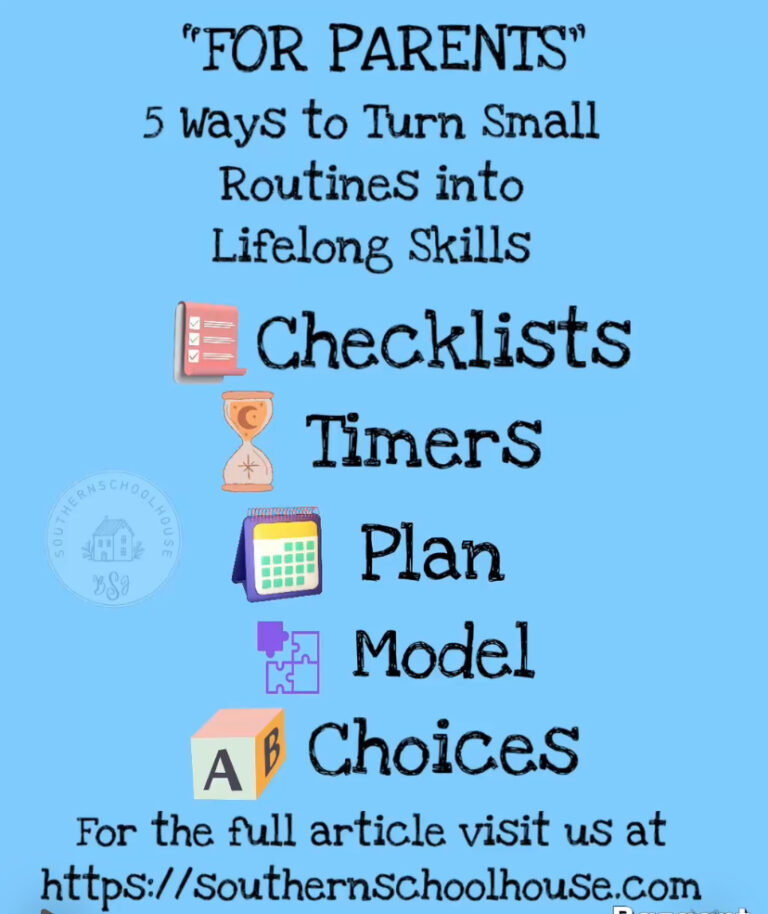



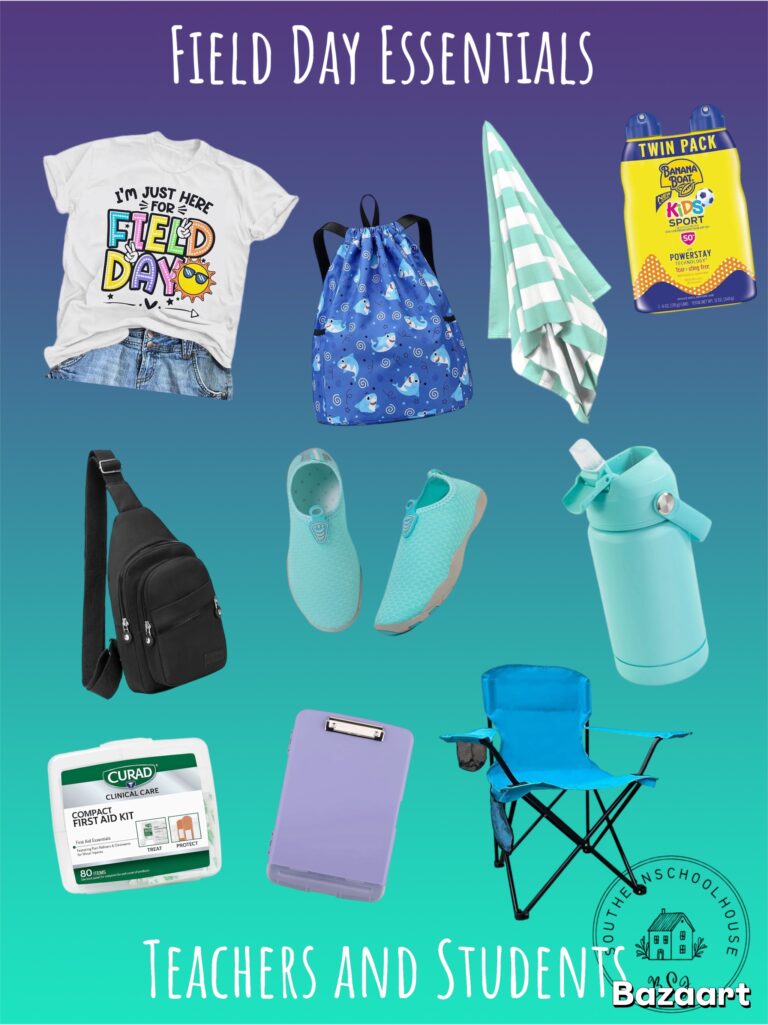

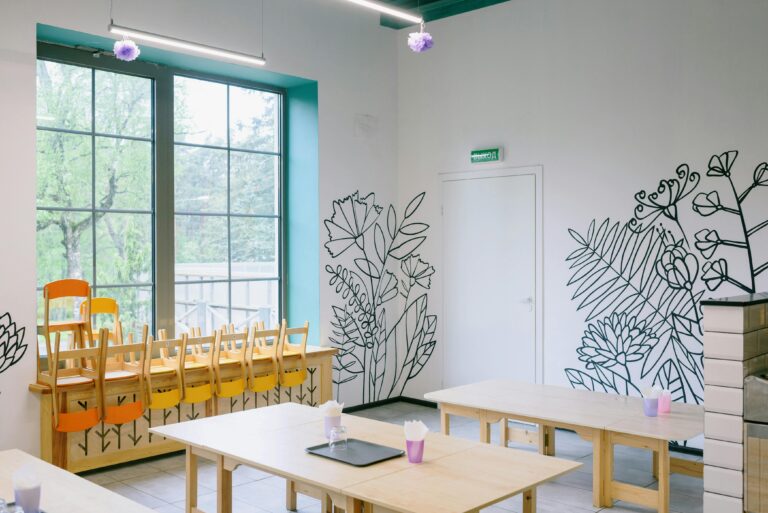
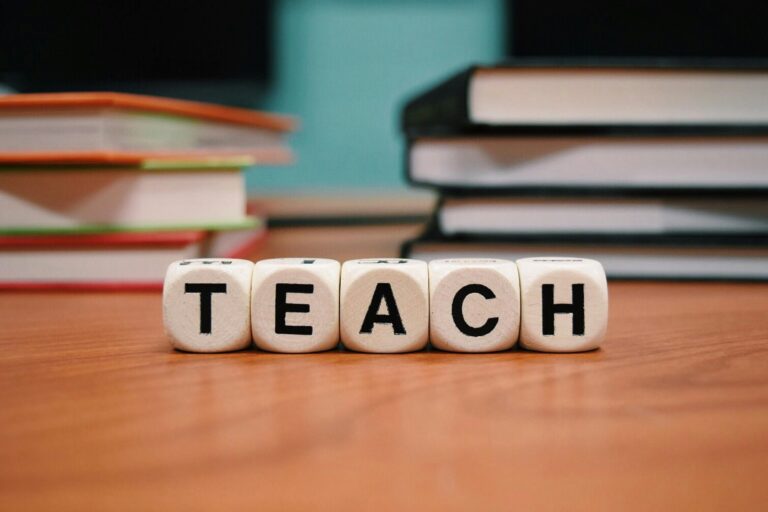

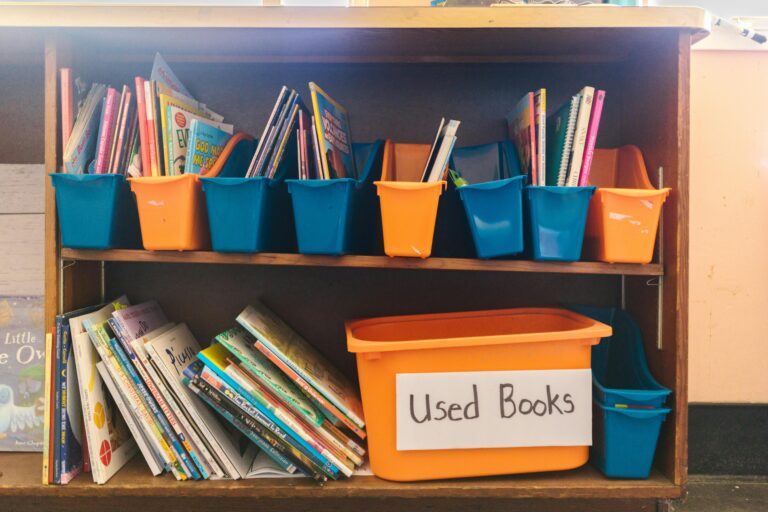
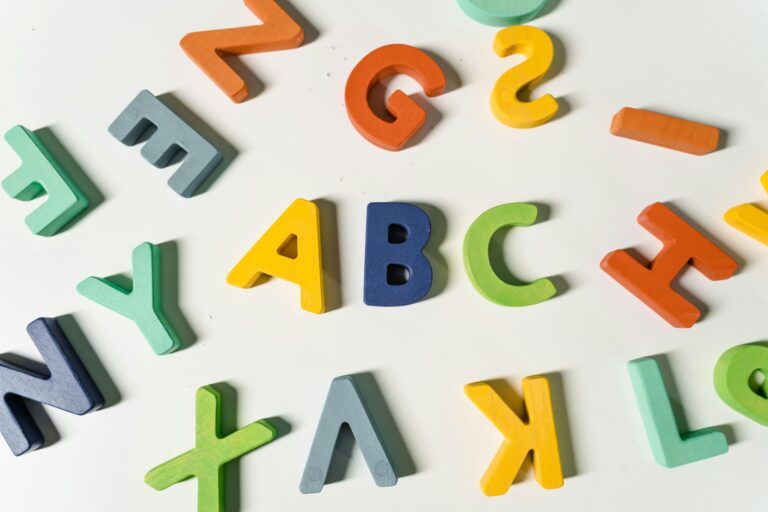



2 Responses